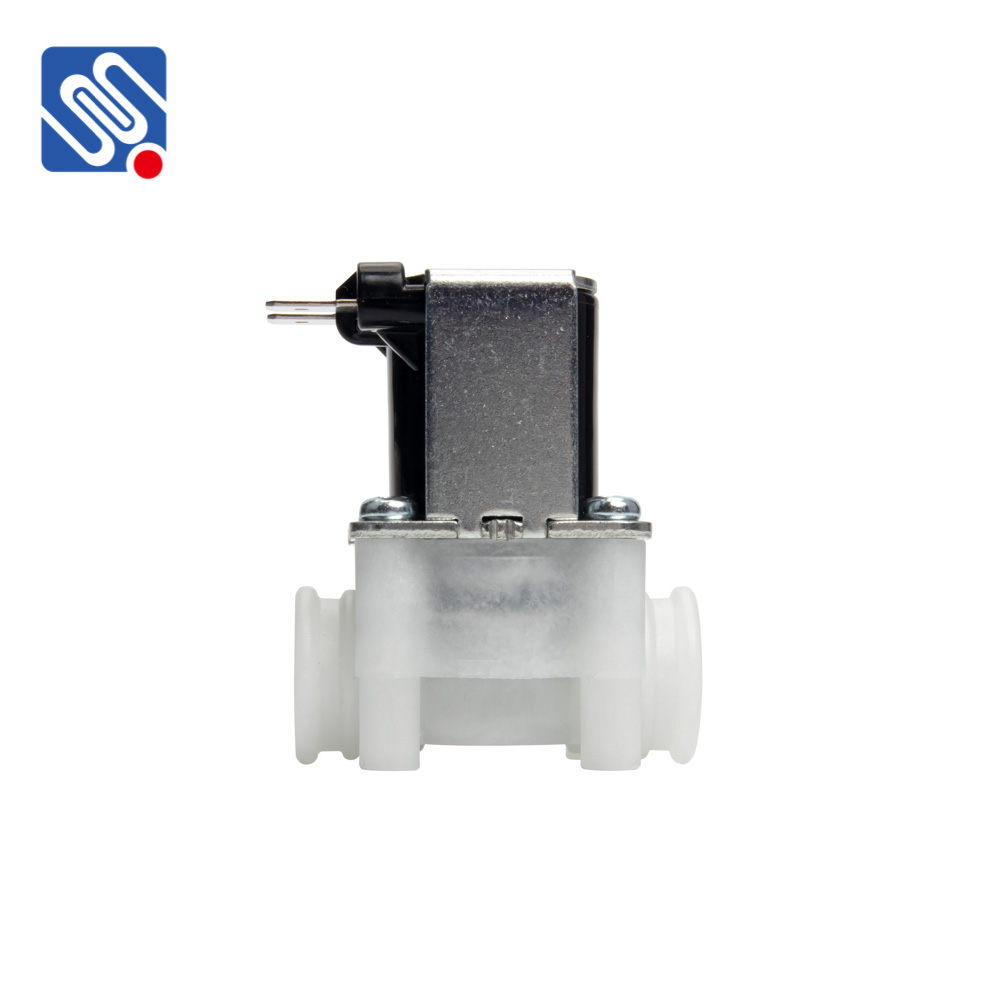A PVC Solenoid Valve is a vital component in many modern industrial and residential applications. It is a type of valve that uses an electrical solenoid to control the opening and closing of a valve. The valve body is made from polyvinyl chloride (PVC), a durable, corrosion-resistant plastic that makes it ideal for controlling the flow of fluids, especially in harsh chemical environments. This article explores the design, features, and practical uses of PVC Solenoid Valves, highlighting their benefits and limitations.

What is a PVC Solenoid Valve? At its core, a PVC Solenoid Valve is a mechanical device used to regulate the flow of liquids or gases in a system. It works by using an electric current to energize a solenoid coil, which creates a magnetic field that opens or closes the valve. When the solenoid is activated, the magnetic field pulls or releases the valve mechanism, allowing the flow of fluid to pass through or blocking it. The valve can either be normally open (NO) or normally closed (NC), depending on the configuration and requirements of the system. What makes PVC Solenoid Valves particularly unique is the use of PVC, a plastic material, for the valve body. PVC is known for its resistance to corrosion, making it ideal for handling various types of corrosive fluids, including acids, bases, and other harsh chemicals. As a result, PVC solenoid valves are especially common in industries such as water treatment, chemical processing, agriculture, and HVAC (Heating, Ventilation, and Air Conditioning) systems.